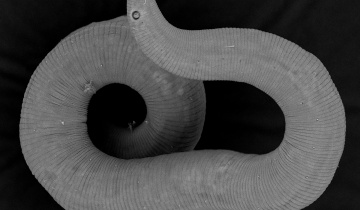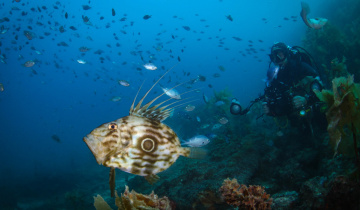When you leave the beach this summer, the memory of a great holiday can be savoured with a sea shell. Lift it up to your ear, and you hear the roar of the sea once more.
Finding and collecting sea shells is a fascinating and exciting pastime for many New Zealanders, particularly families. If you're walking around the New Zealand coastline this summer, and you are wondering what some of the seashells are, here are the names of some of the beauties that are common to all New Zealand beaches.
Sea shells are a hard, protective outer layer created by an animal that lives in the sea. The shells are empty because the animal has died and the soft parts are gone.
Animals that make their own sea shells have been around for many millions of years. They include molluscs (animals such as clams and snails) and crustaceans (animals such as crabs and lobsters). In fact, there are over 80,000 species of animals that make sea shells, and New Zealand has over 3,660 of them. The earliest examples date back hundreds of millions of years.
Coastal currents and large waves (swells) carry sea shells from where they are dislodged out of the seabed or where they die, to where they are found. As NIWA fisheries scientist Keith Michael says, "Surf beaches are where you find the most shells."
One of the most common sources of sea shells are gastropods, snail-like shellfish that crawl along on their bellies. Gastropod is a Greek word for 'stomach foot'. The foot contains all the important organs, including a foot (often called a tongue) that is used to move along the seabed.
Whodunnit? What killed them?
But have you ever wondered why so many gastropod shells, crab shells, sand dollars (flat urchin) and heart urchins end up washed up on the beach?
Keith Michael says, "When there is a very big storm the seabed sediments are liquefied by water being forced into the seabed by large swells. This happens much further off shore than it would under normal sea conditions. Animals like bivalves buried in the seabed are scoured and carried ashore by the waves, along with those animals on the seabed."
That's when you find the real treasures; unusual things like lantern shells, turban shells and trumpet shells.
The ones that get washed ashore are usually the high-turnover species. Sand dollars are really common. They graze on the seabed close to shore and are washed up after a big storm comes through. Occasionally you get the paper nautilius washed ashore too. They are very pretty.
"Usually the most common shells on the beach are those that live closest to the shore," says Michael. "The remains can be washed up onshore, after they have been killed.
"They can be killed by several things: by predation by paddle crabs, and by fish 'siphon nipping'. Most bivalves are in the sediment. Fish come along and nip where they are sticking out from the seabed, and those animals eventually die."
What's the main killer?
Birds attack the live animals cast ashore, taking their legs and feet.
Interestingly, low oxygen levels in the water in summer, when it's still and warm, can also be a killer. As the oxygen levels go down, which can cause stress, the animals come out of the seabed to be killed. The bivalves are particularly susceptible, as they live close to shore.
Diseases are another likely cause. The effects of toxic algae can kill many of the creatures that produce sea shells.
The pictorial guide below will assist you this summer when your children ask you what all these seashells are, and which animals they came from. Click on the pictures to enlarge them.
And remember, when you are back at your desk, the most likely explanation for the wave-like noise in the shell you are holding up to your ear is the ambient noise from all around you. The seashell captures that noise and it resonates inside the shell.
-----






